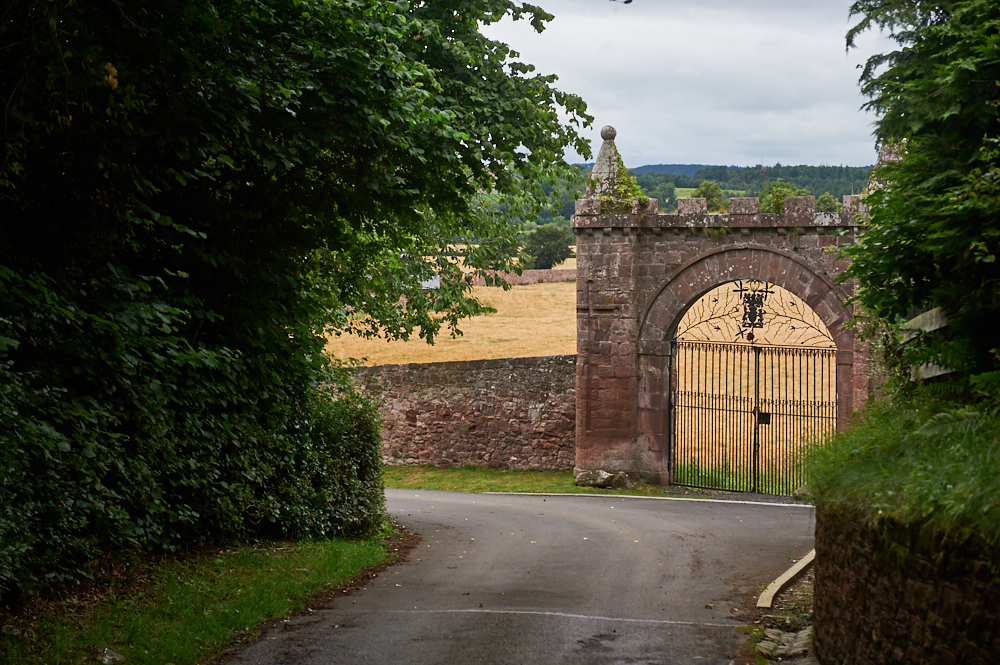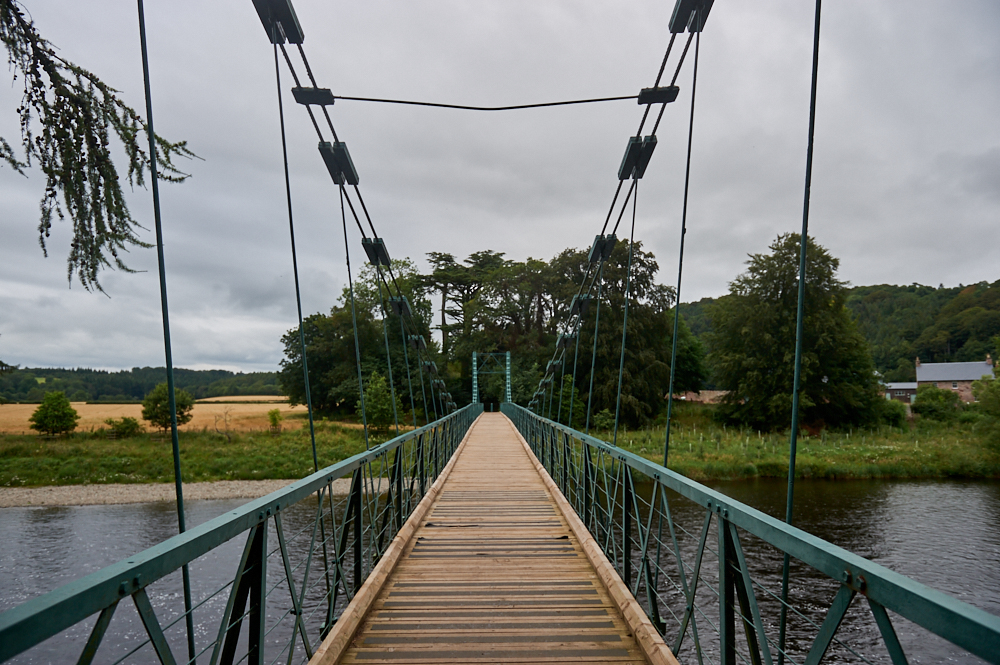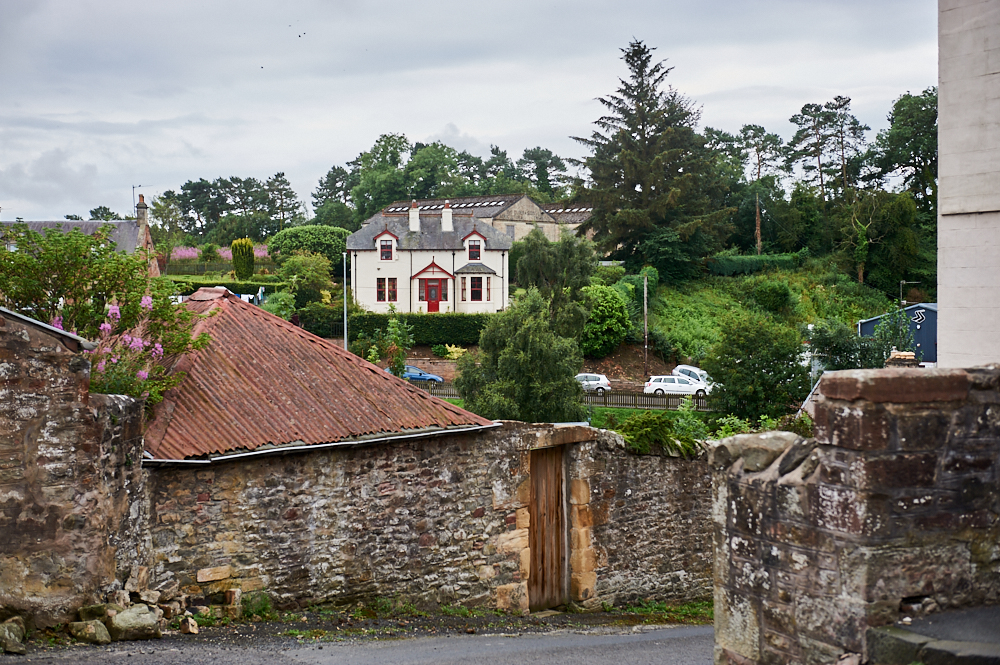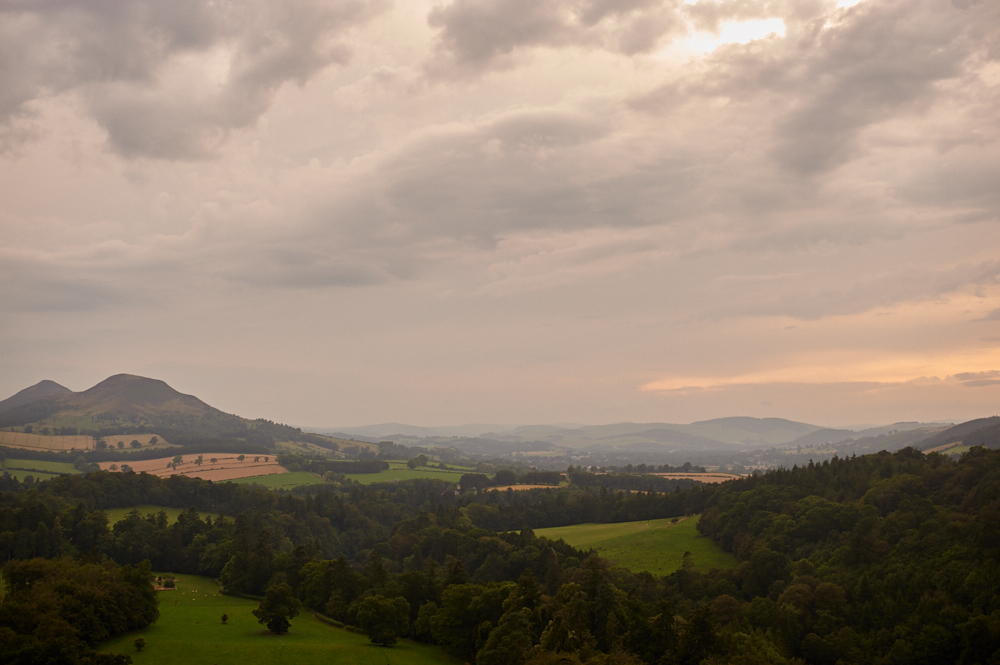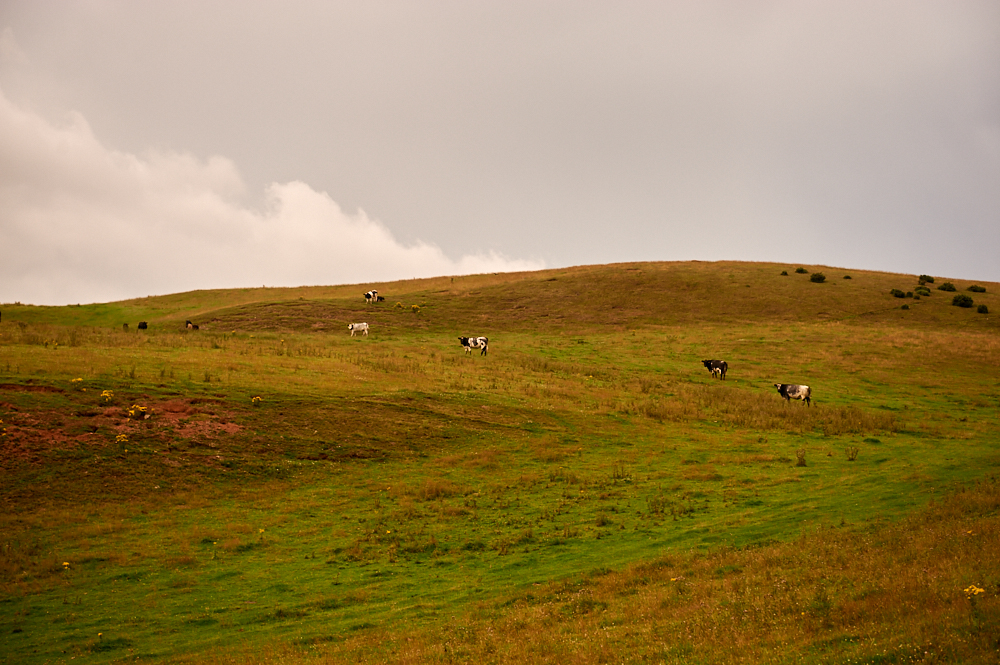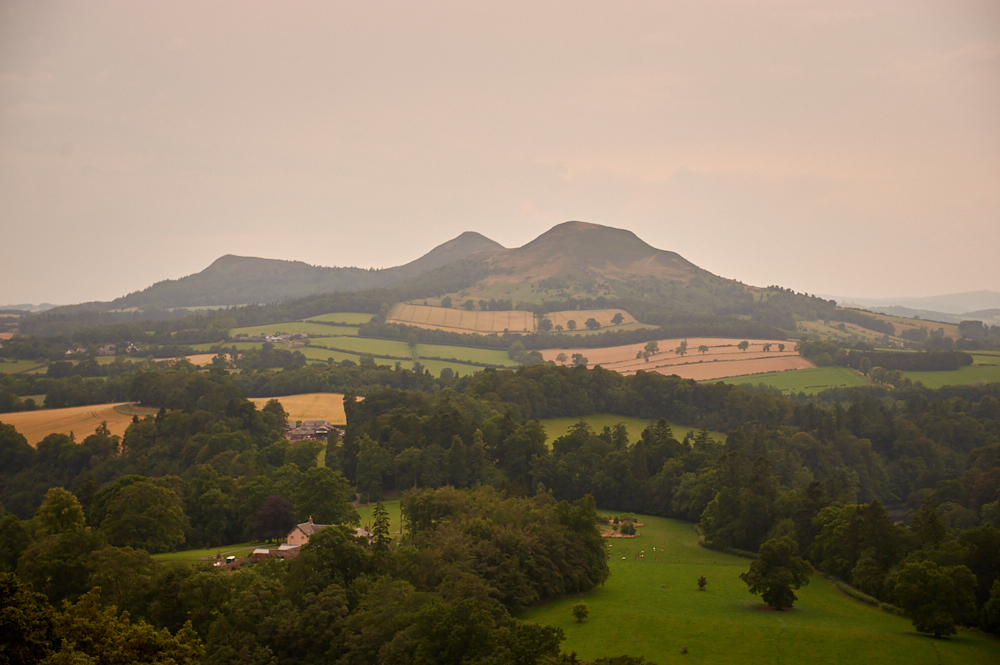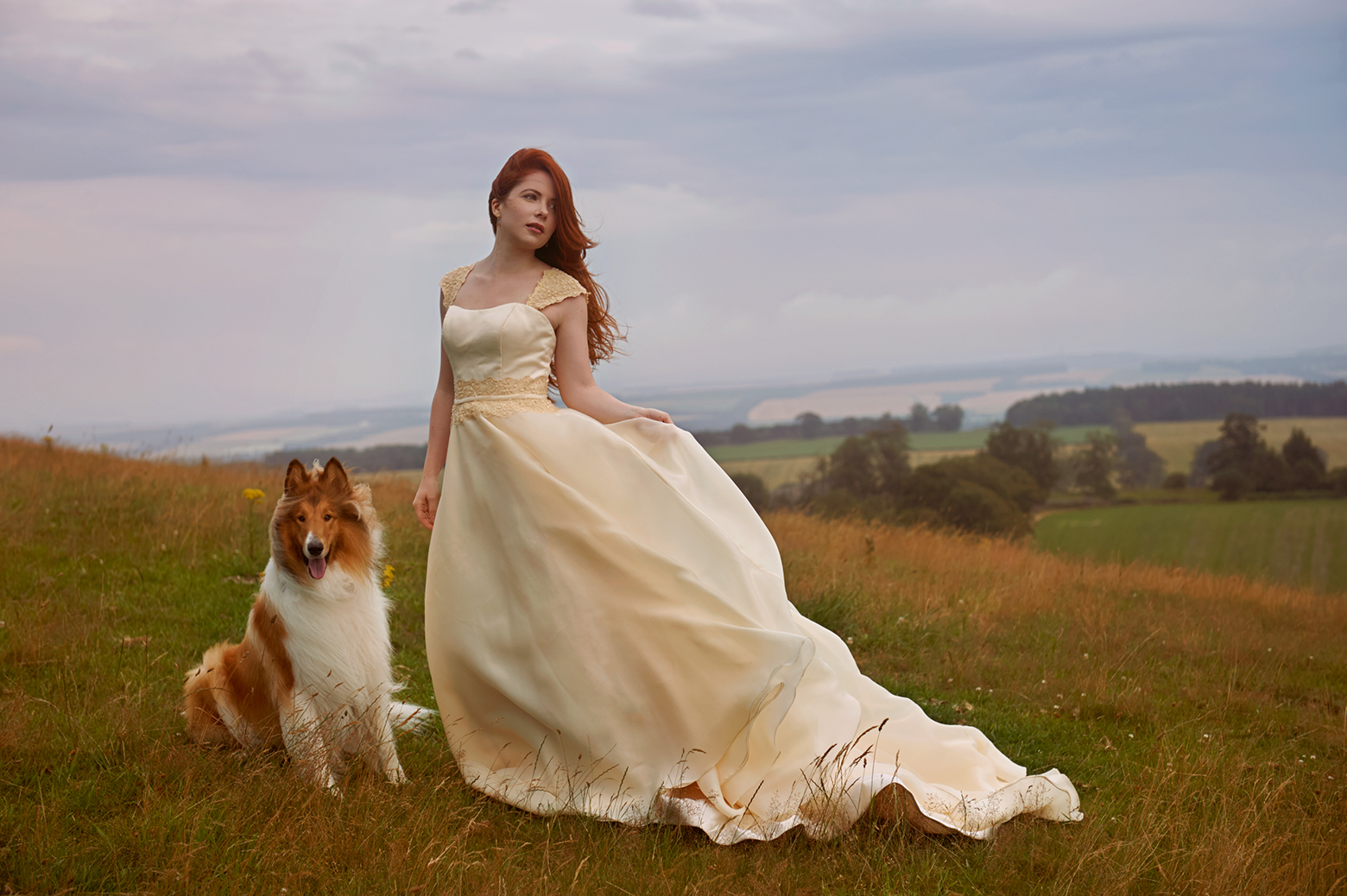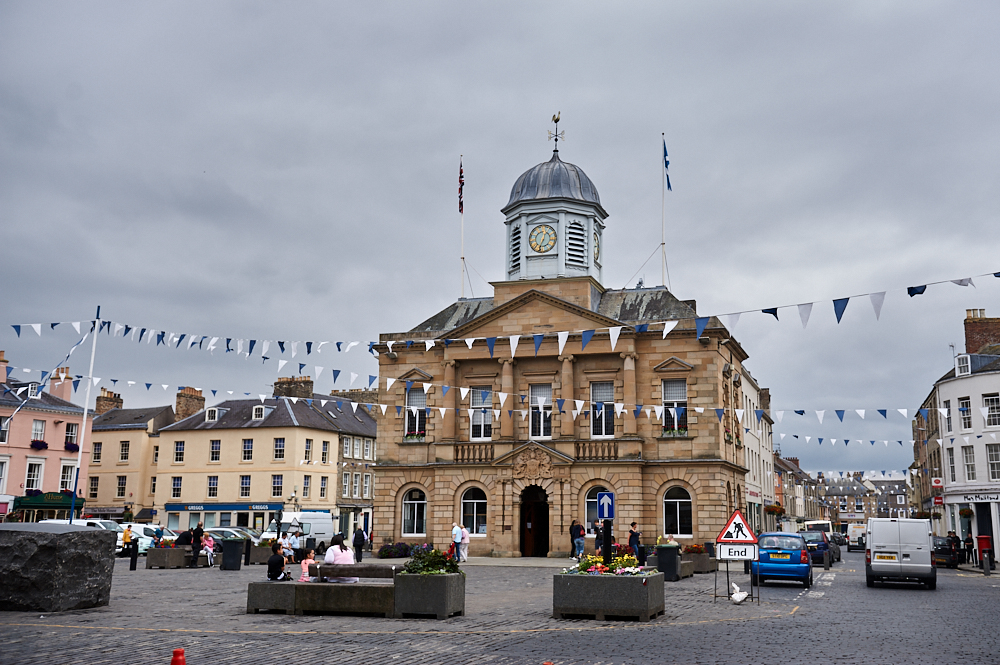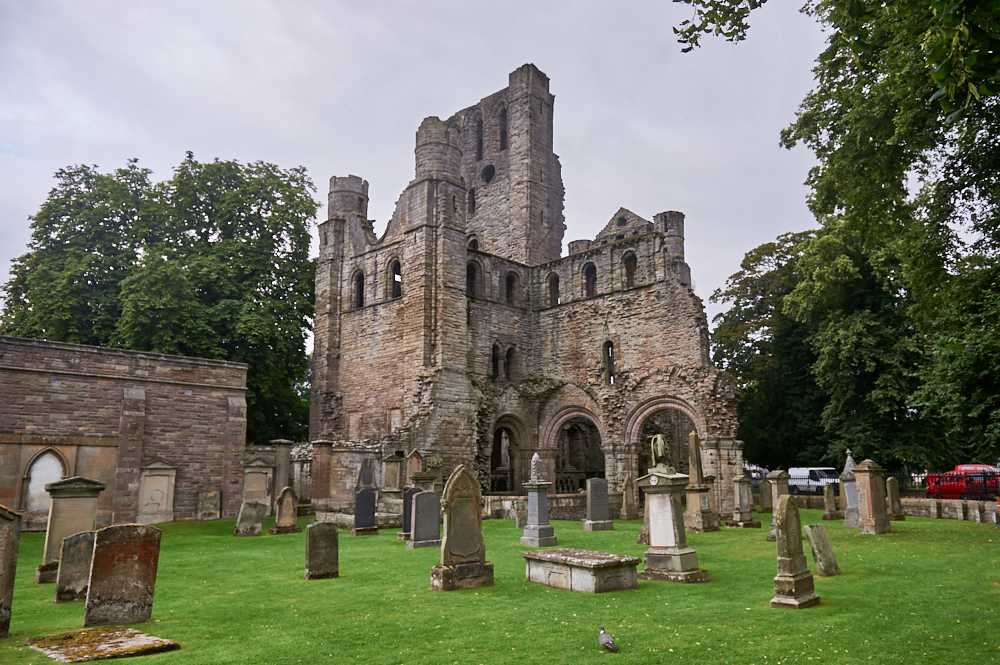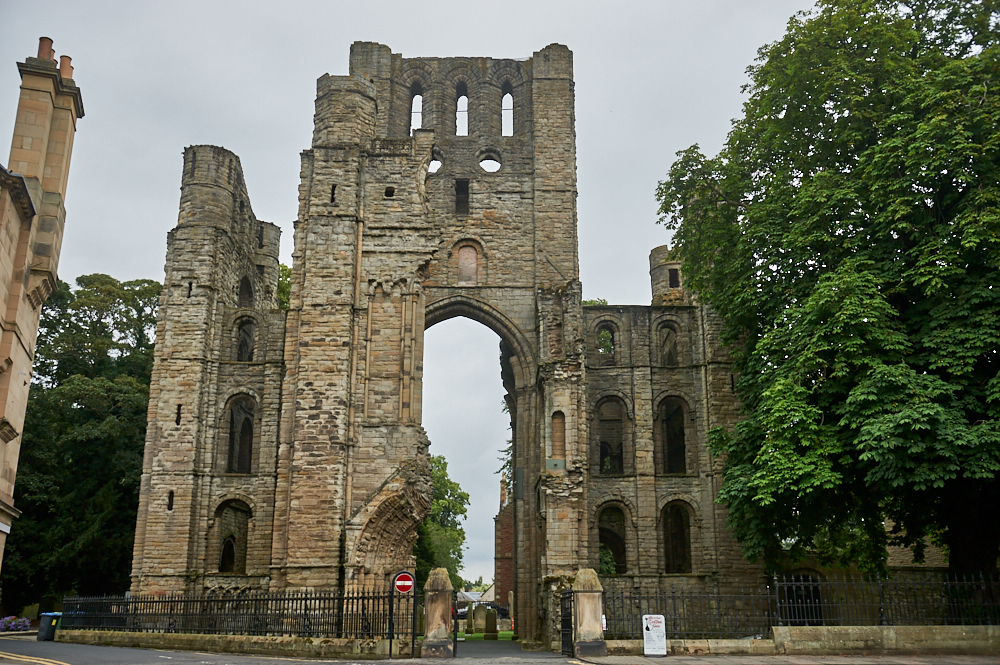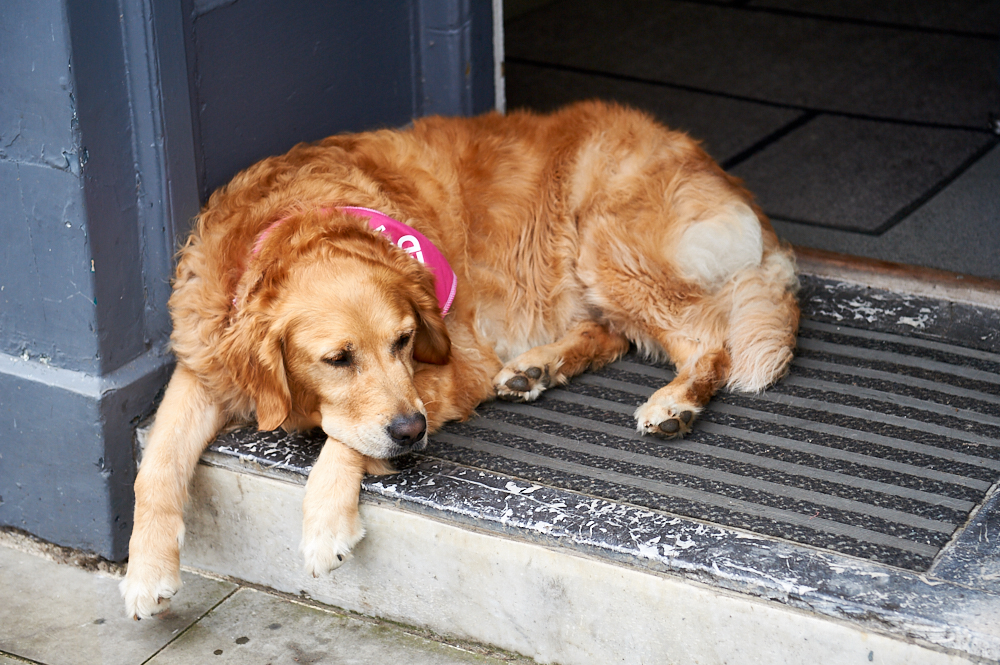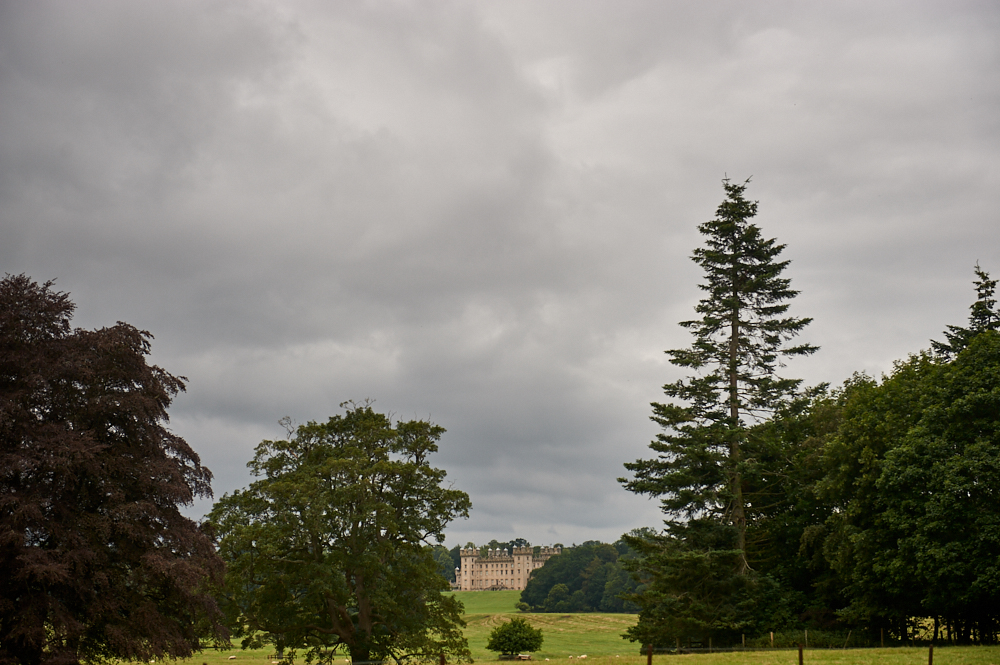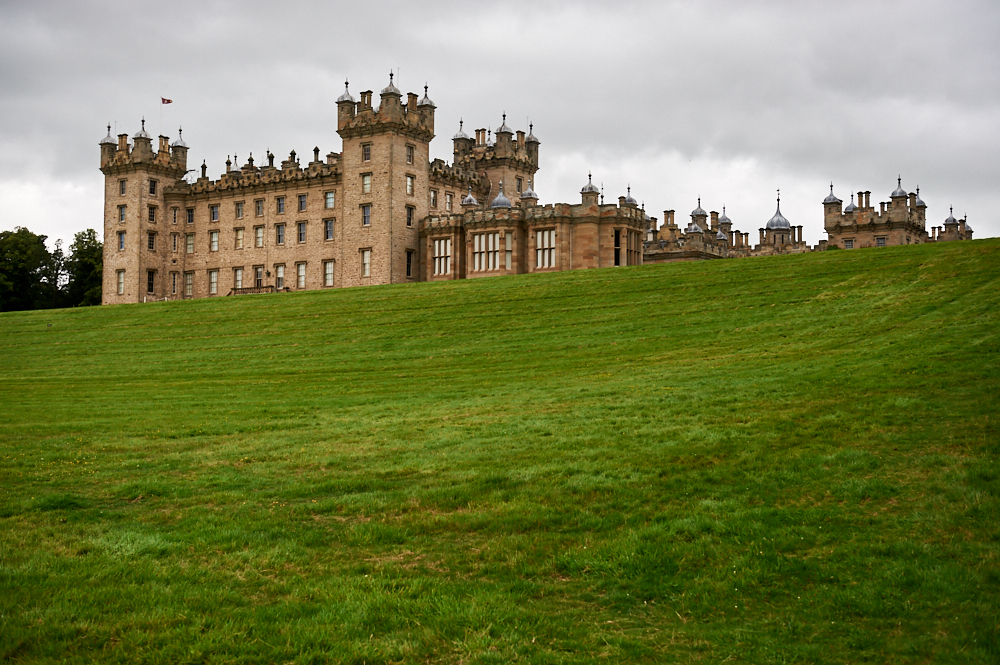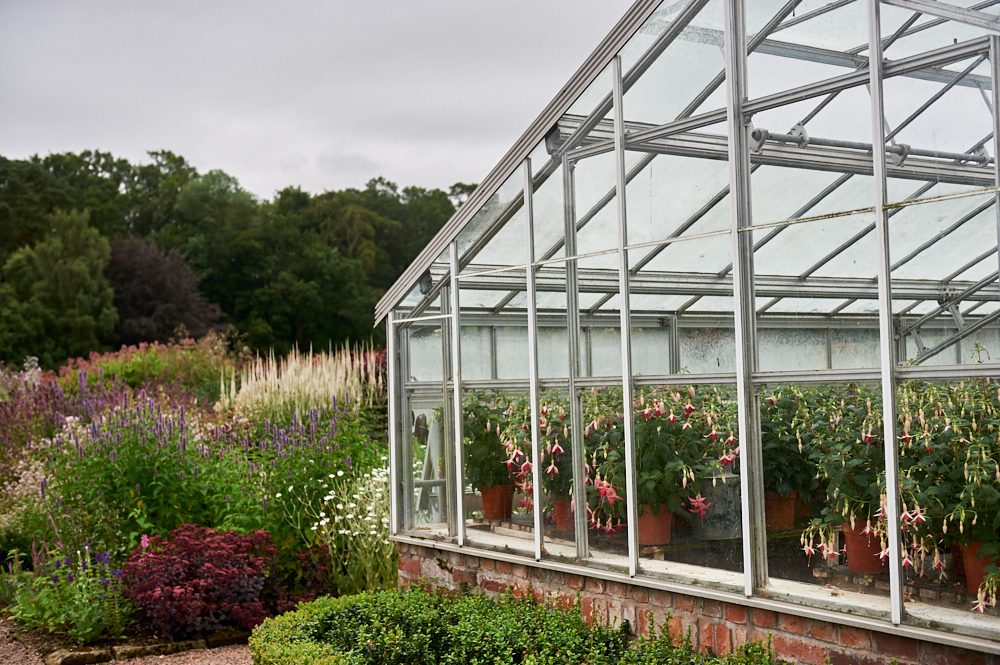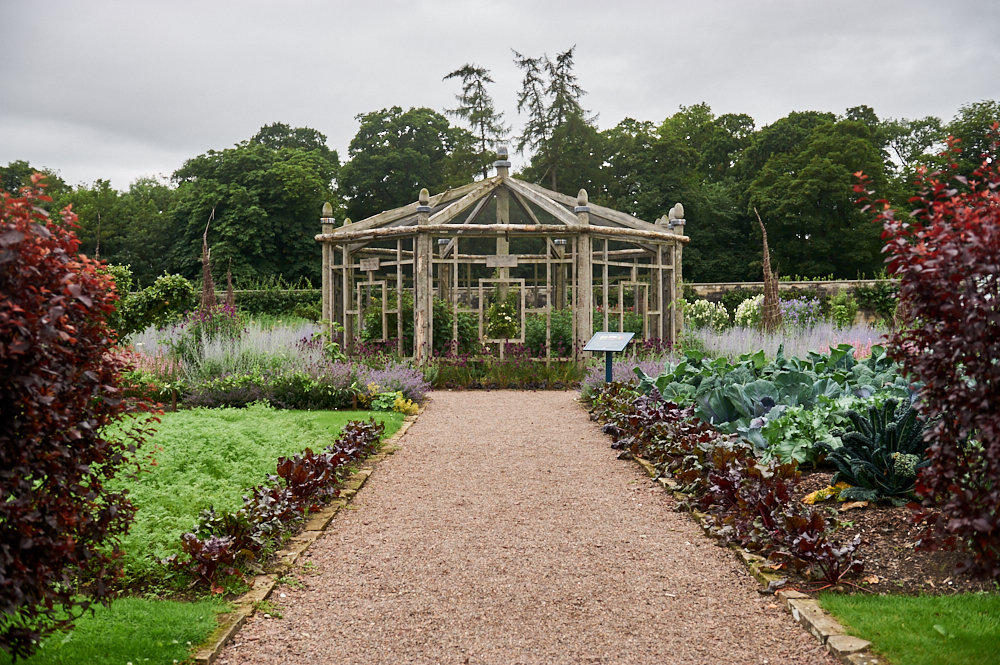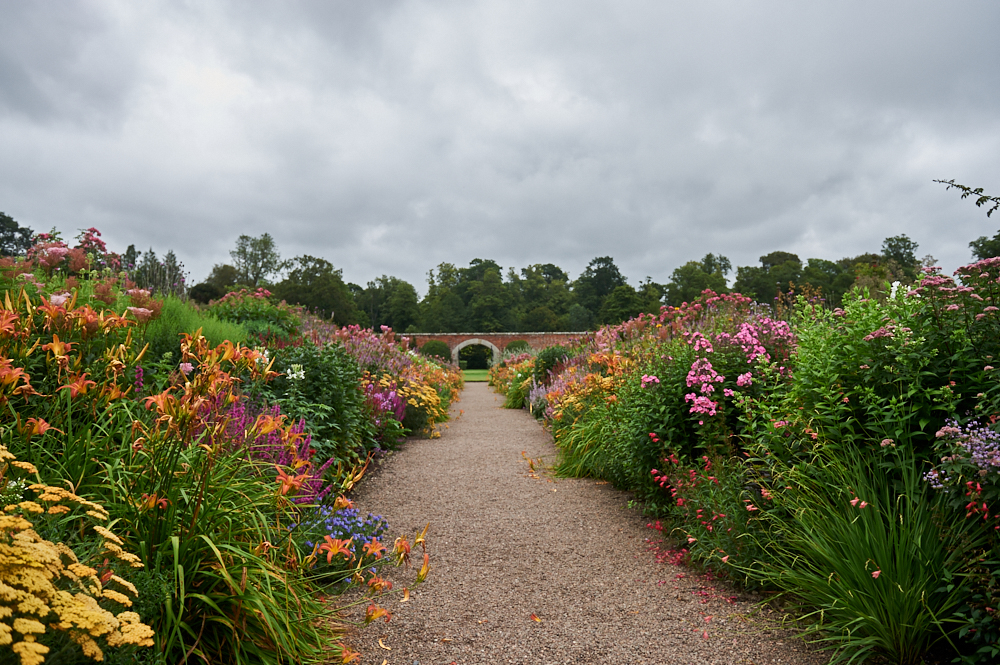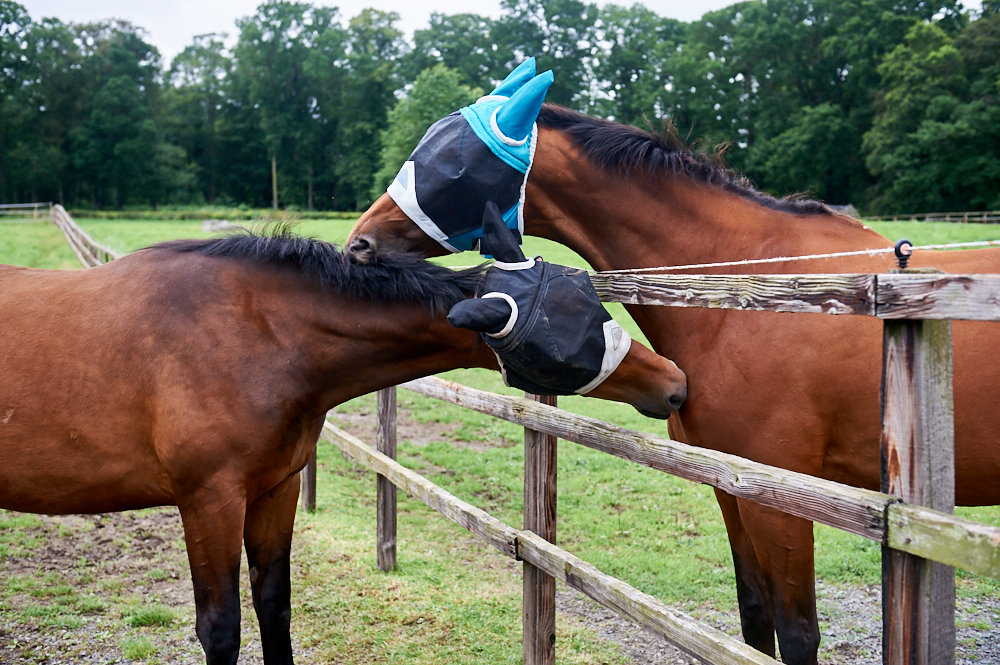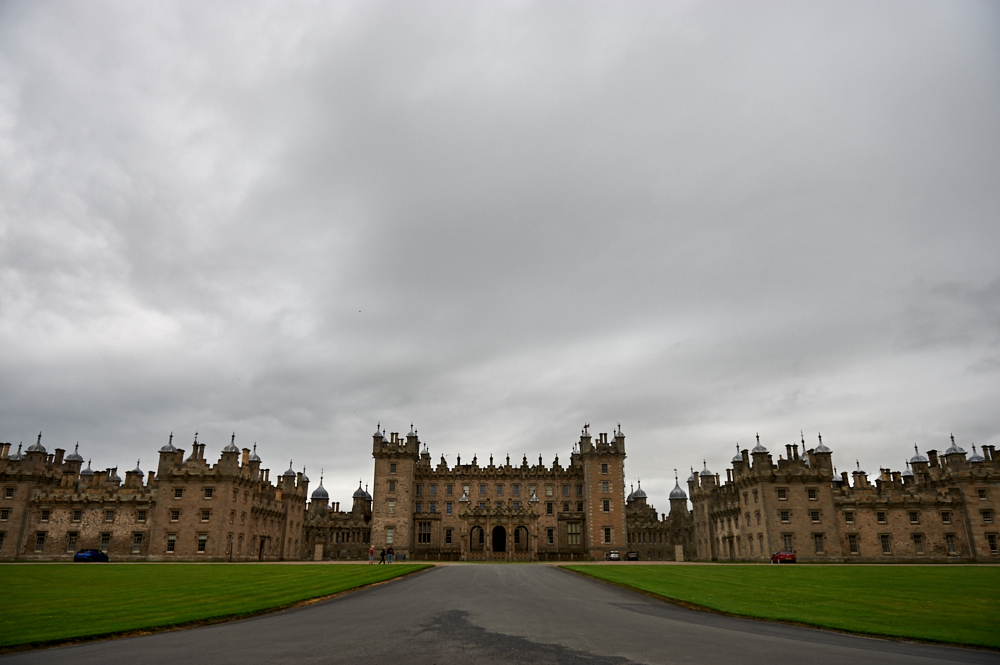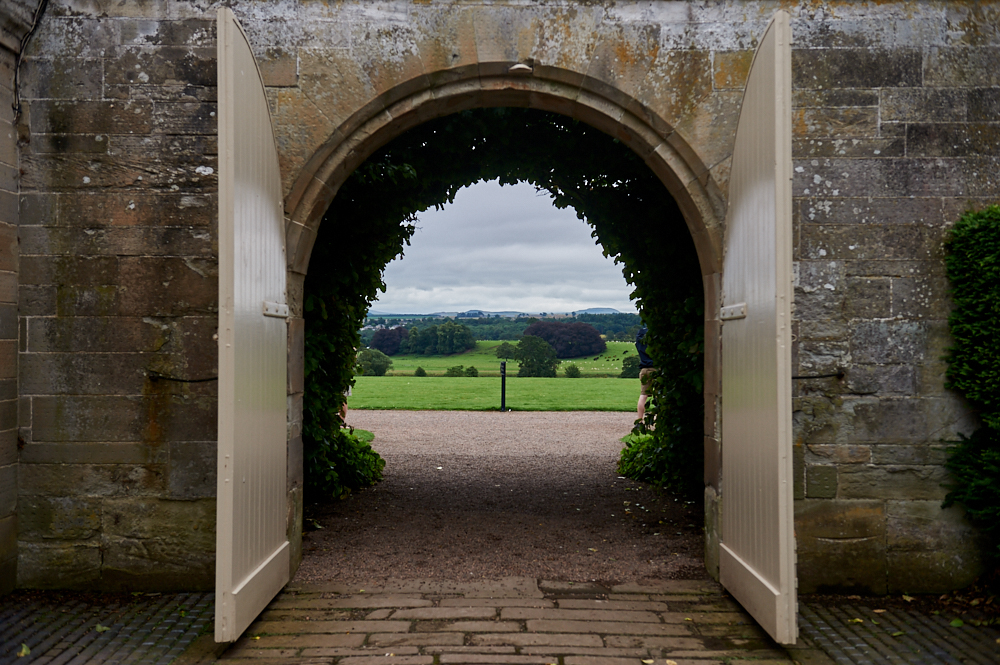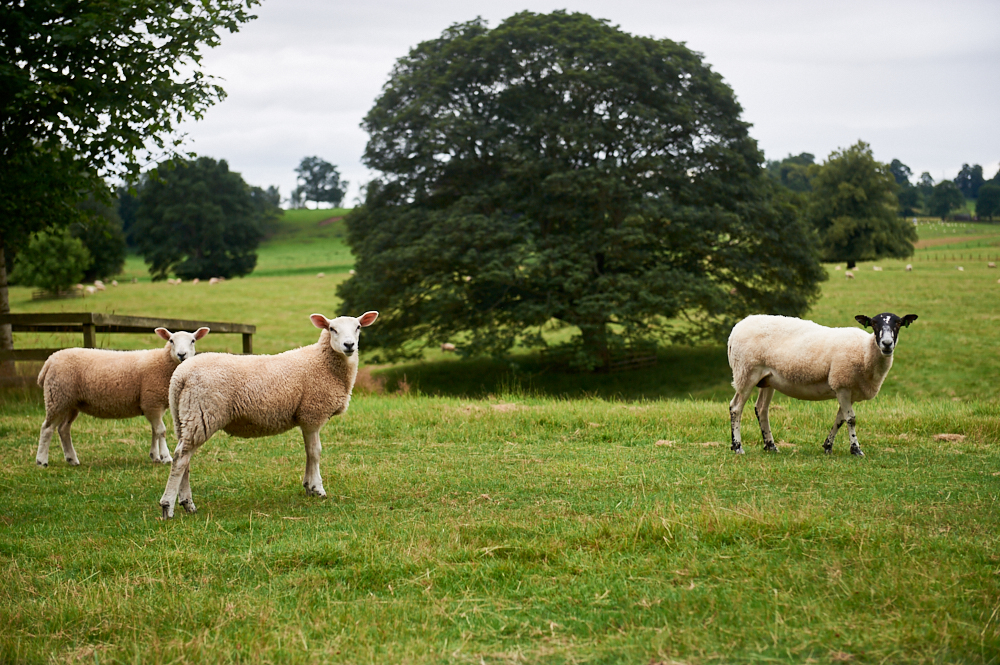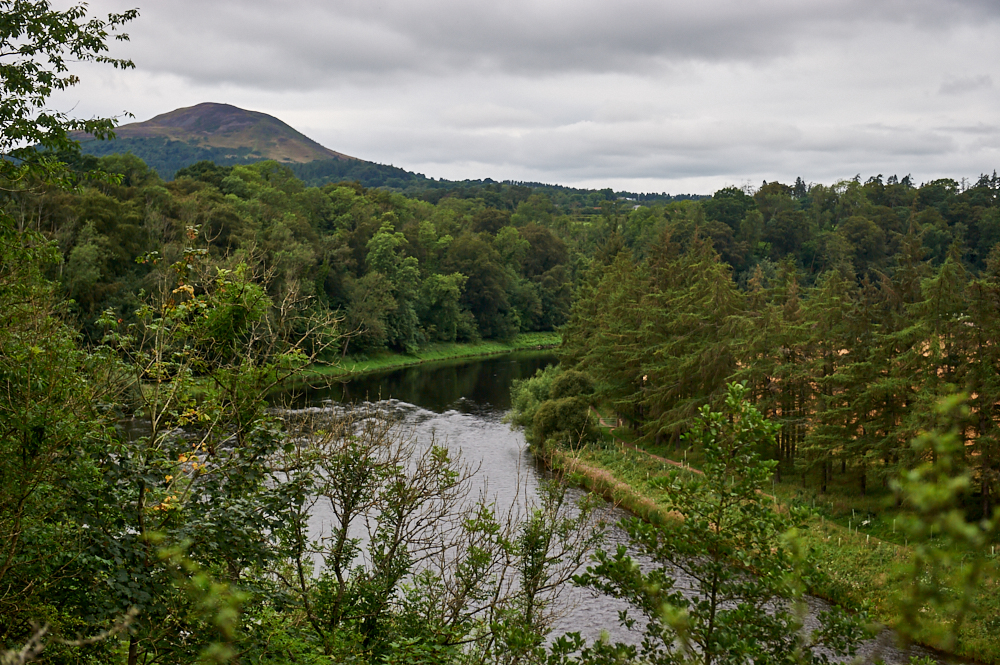
After visiting Kelso and Floors Castle I decided to do a little detour and got out of the bus halfway to walk a bit of the Abbey Walk along the River Tweed until I reached Dryburgh Abbey near St. Boswells.
surrounded on three sides by a loop in the River Tweed, means that by road the journey is one of several miles. The sense of seclusion this brings is one of the great joys of Dryburgh Abbey. As a result of it you can begin to gain some sense of what a life of contemplation might have been like for the monks who lived and worshipped here. (Undiscovered Scotland)
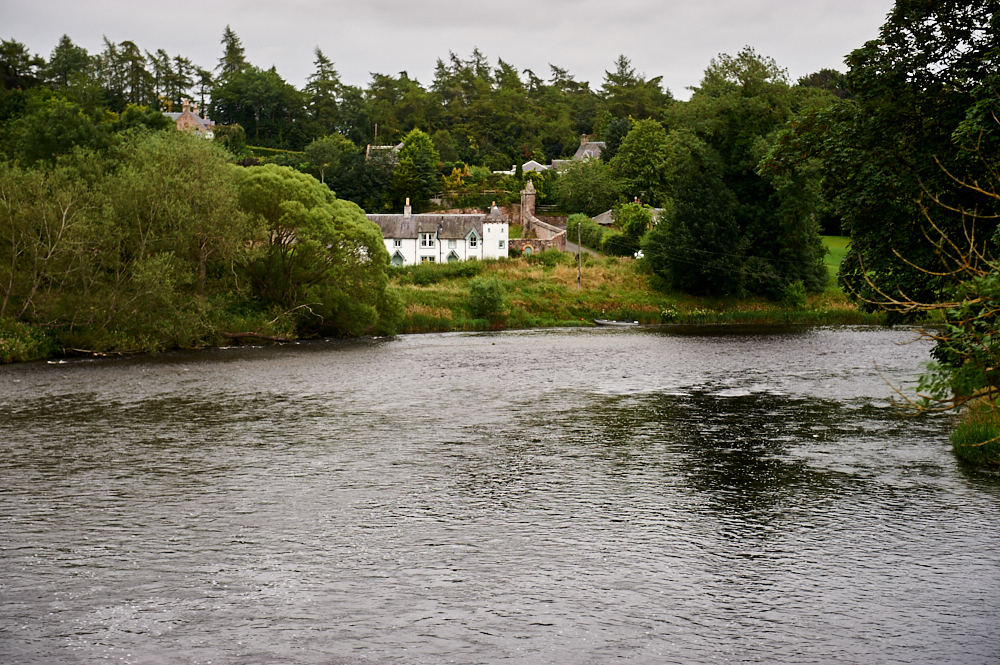
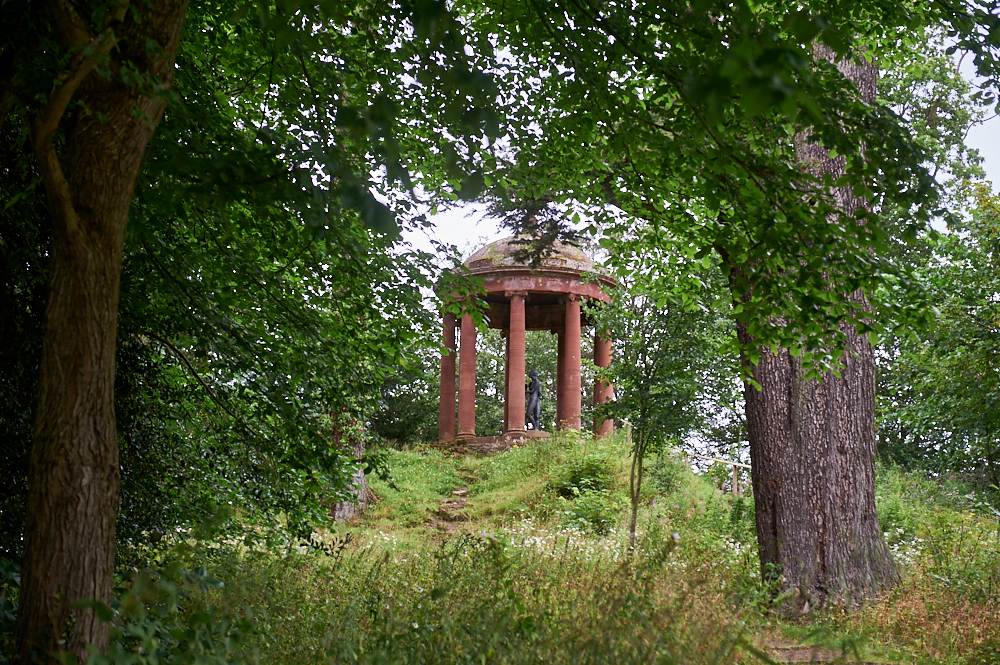

It was about 40 minutes to walk until I reached the Abbey and is a very secluded and beautiful location, very peaceful and calm. At least today, in the mediaeval times the abbey was destroyed several times by the English.
The abbey was established by Premonstratensian canons in 1150. Hugh de Moreville, Constable of Scotland and Lord of Lauderdale, had invited them to this idyllic spot from Alnwick Priory, Northumberland. (Moreville was himself an incomer from England.)
Dryburgh became the premier house in Scotland of the French order, which was established by St Norbert of Xanten in 1121 at Prémontré. Its six Scottish houses also included Whithorn Priory.
Dryburgh was never as wealthy or influential as the abbeys at Kelso, Jedburgh and Melrose, and monastic life was on the whole pretty quiet. (Historic Environment Scotland)
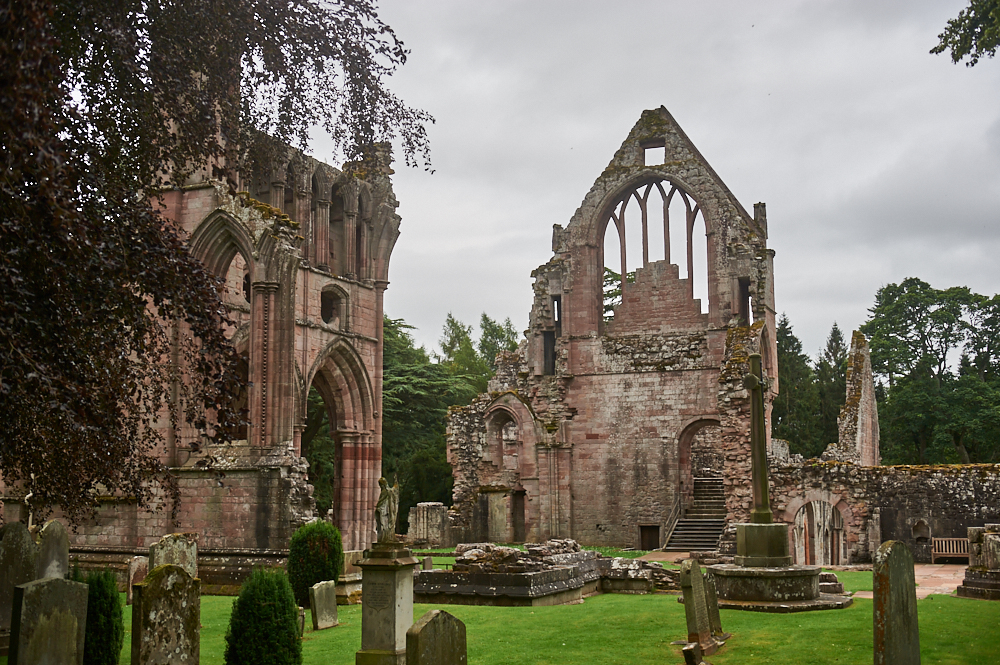
Situated in the Scottish Borders the Abbey suffered several attacks and was rebuilt until the Protestant Reformation of 1560 effectively ended monastic life at Dryburgh Abbey. By 1584, just two brethren remained alive.
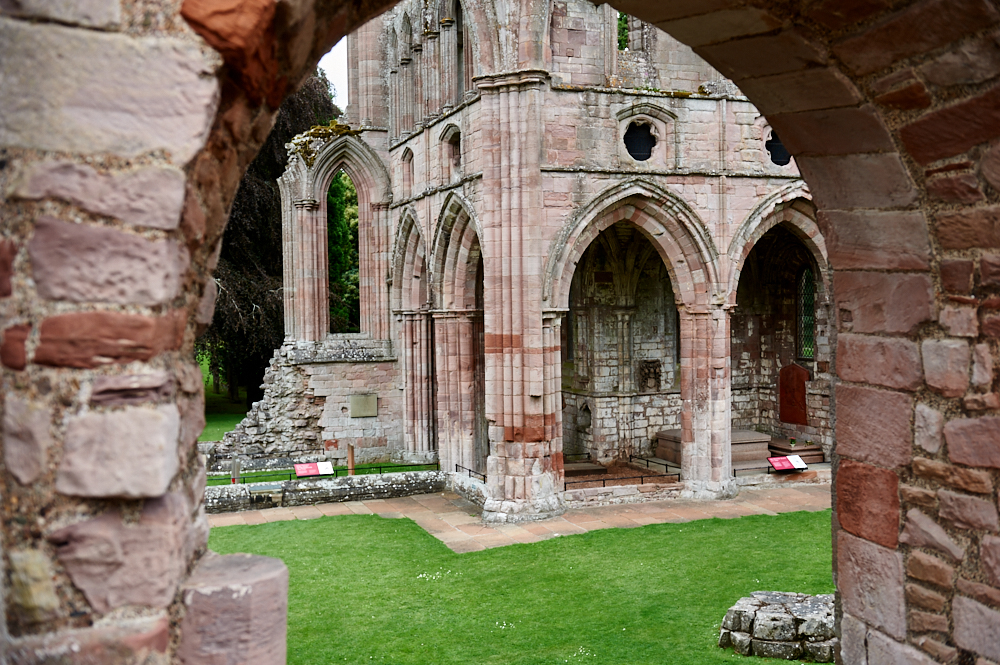
In the 18th century, the romantic ruin attracted David Erskine, 11th Earl of Buchan and chief founder of the Society of Antiquaries of Scotland. He bought Dryburgh House and started to create a charming landscape with the abbey figured prominently.
He died in 1829, he was laid to rest in its sacristy. His very good friend Sir Robert Scott died in 1832 and his tomb is in the north transept. (pictured above)

The remains of the abbey were acquired by the Earl of Buchan in 1786. He worked to preserve what was left, and built within and around it a large formal garden. Like many early antiquarians, he couldn’t resist the temptation to “improve” the ruins. An inscribed date of 1150 owes more to him than to the original builders. He also built the obelisk to the south of the abbey, to commemorate its foundation by Hugh de Moreville. (Undiscovered Scotland)
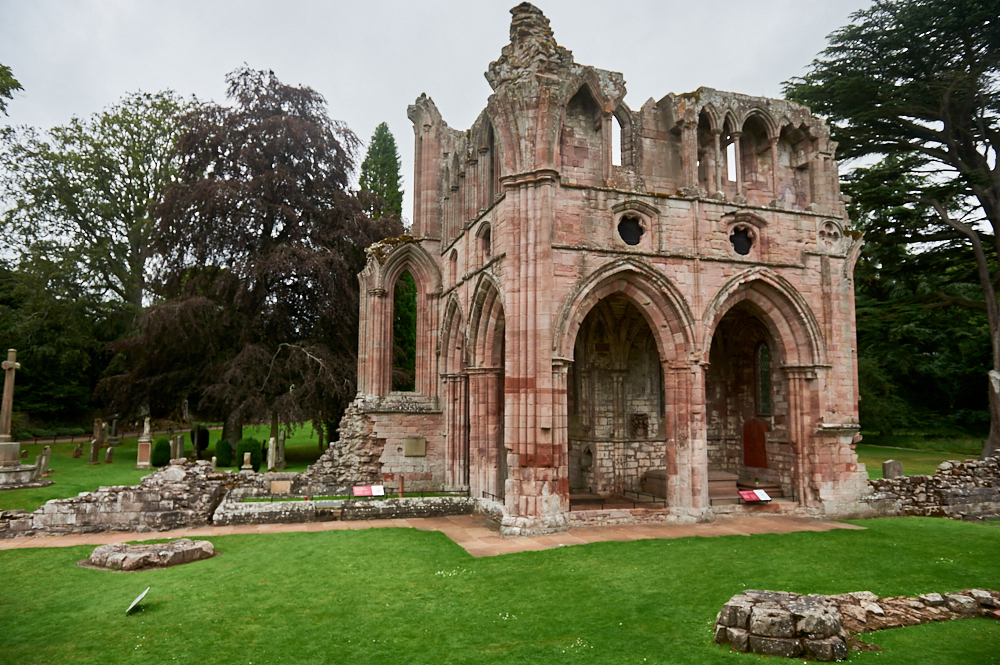
Today Dryburgh Abbey is under the care of Historic Environment Scotland.
And I had to leave this romantic place and make my way back toward the bus stop on the other side of the River Tweed and the other side of the hill.
